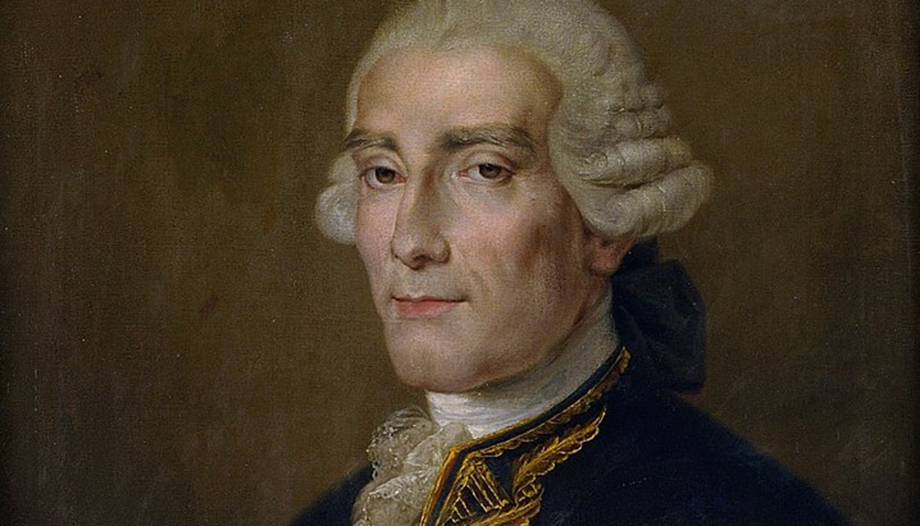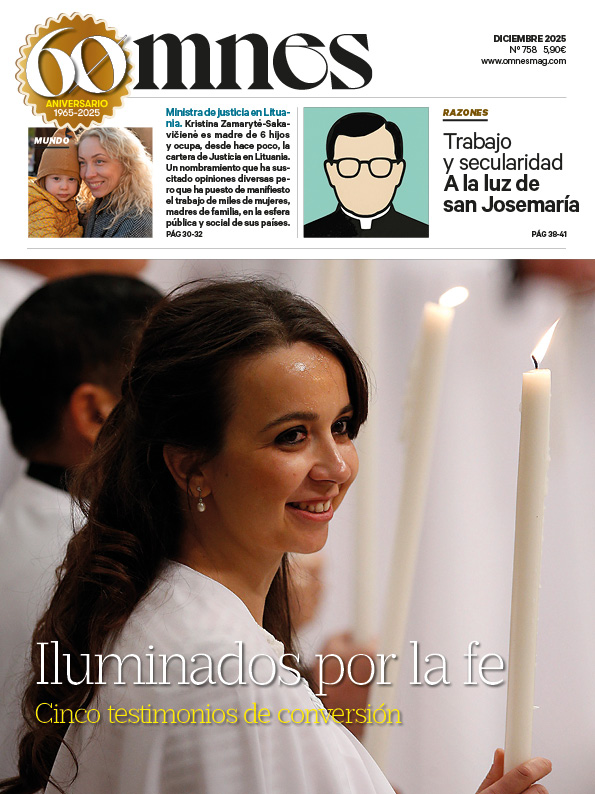Jorge Juan y Santacilia (January 5, 1713 - June 21, 1773) was a Spanish sailor, who excelled as a scientist, naval engineer and public servant.
He was orphaned at the age of three and his uncle took charge of his education. When he was only 12 years old, he was sent to Malta, where he was admitted as a page to the Grand Master of the Order. At the age of 16 he was admitted as a full Knight, which implied the perpetual vow of celibacy.
Back in Spain, he entered the Academy of Midshipmen in Cadiz, where he showed a great talent for mathematics and participated in military actions, such as the capture of Oran. Recently graduated, he was chosen along with another young sailor, Antonio de Ulloa, to be members of the Geodesic Expedition with which the Academy of Sciences of Paris wanted to determine the shape of the Earth.
It was a matter of deciding between the two rival theories of gravitation proposed by Descartes and Newton. The former attributed gravity to the effect of whirlwinds of subtle matter filling space, and predicted an Earth elongated by the Poles, while the latter explained it as an action at a distance acting through the vacuum, and held that the Earth would be dilated by the Equator and flattened by the Poles.
The expedition lasted almost ten years and definitively confirmed Newton's theory. Jorge Juan wrote about it in a book, Astronomical and physical observations in the Kingdoms of Peru, which earned him a membership in the Paris Academy of Sciences.
For the rest of his life Jorge Juan worked tirelessly in the service of the Spanish crown: he introduced new shipbuilding techniques, modernized shipyards, mines and arsenals, reformed the teaching of the Academy of Midshipmen, founded the Royal Astronomical Observatory of Madrid.
Finally, in his later years, he wrote the best treatise on shipbuilding and navigation of the time: the Maritime Examination, which was studied throughout Europe, and for the first time applied Newtonian physics and differential and integral calculus to ship design.
Full Professor, Universidad Carlos III de Madrid. Society of Catholic Scientists of Spain








